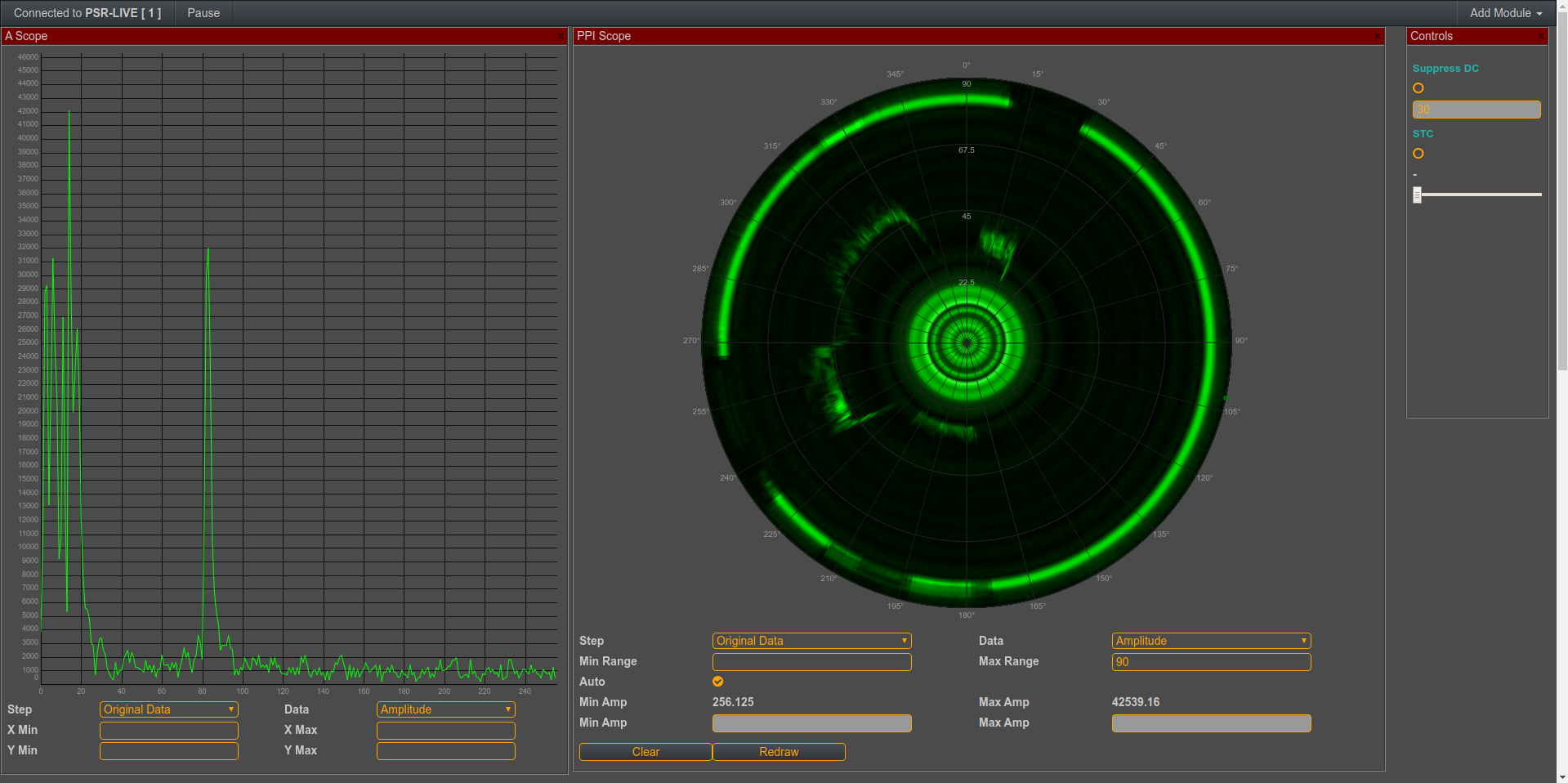Simulators are being used extensively in air traffic control services for efficient and smooth operations. The use of simulation has a great impact on learning.
Whether there is a matter that pertains to the acquisition of skills or getting fortified with procedures to cope with the latest variations. Training requires practice to earn excellence in performance. Similarly developing understanding and coping with changes is deeply connected with the element of practice.
Practice refers to action instead of theorization. For doing action we need a platform of possibilities. The availability or existence of possibilities in the core platform should be realistic. Possibilities are huge when the mix of the platform is close to reality.
Through the repetitive application of different decisions and selection of choices in such an environment we learn and experience the outcome. And as a consequence, to this learning and experience, we acquire a better understanding of concept and procedures as well as proficiency in our skills.
This drives the need for modern simulators that are performing the required functions.
What is simulation?
In general, simulation is the imitation of the real environment - in an ideal case pedagogically enhanced. So, it becomes important to understand the concept of reality. We can define reality as “The state of things as they actually exist, as opposed to idealistic or theoretical ideas of them.” Simulation is an imitation of the actual state of a situation or a process.
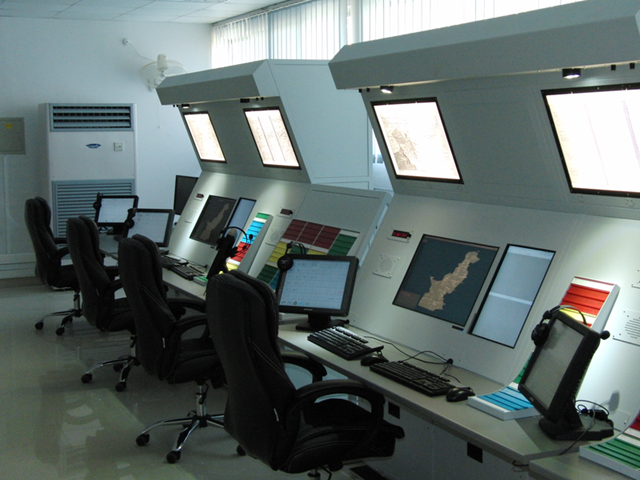
Imitation and related possibilities
Recreated truth is the speculation that reality could be mimicked—for instance by quantum computer reenactment—to a degree indistinct from "genuine" reality. It could contain cognizant personalities that might possibly be completely mindful that they are living inside a recreation.
The difference between reality and simulation prevails in the fact that reality is the “Entirety” whereas the simulation is merely a subset of a larger real world. Hence based on these facts pertaining to reality and simulation we can conclude that the imitation of reality using simulation is always approximate.
But the emergence of “Augmented Reality” ensures that it doesn’t obstruct the possibilities for a perfect simulation of reality.
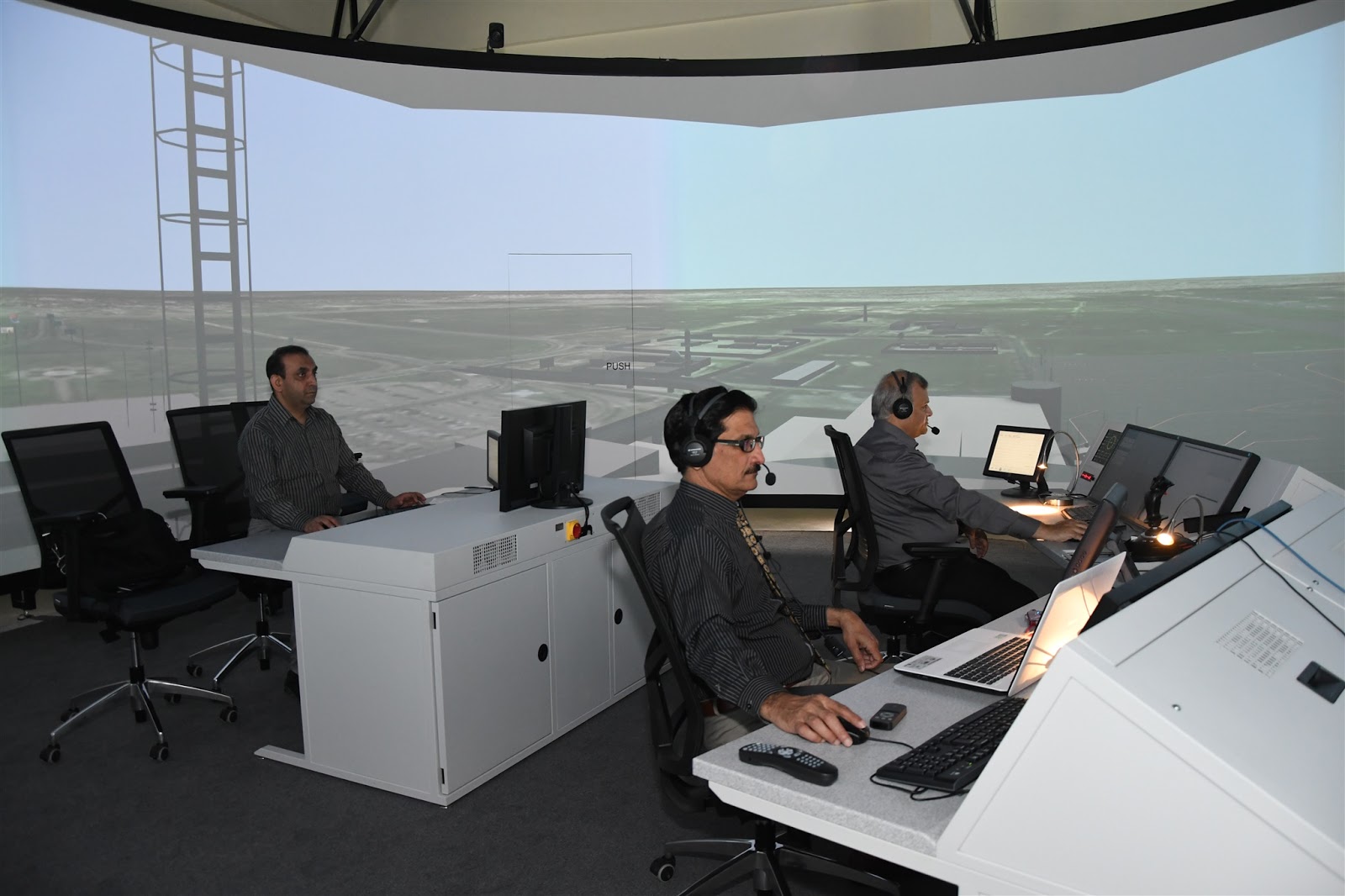
What are simulators?
Simulators can be thought of as computer software or a devices that imitate the reality in a particular context, allowing for manipulation through actions to experience impacts without being subjected to physical dangers or risks associated with the situation.
Air Traffic Control Service and Simulation
According to Air Traffic Management, the main goal of air traffic services is
to achieve a safe, orderly and expeditious flow of air traffic.
These objectives can be achieved only by bringing a high level of competency concerning the duties of air traffic services. Competency is linked with training therefore air traffic controller training is regulated with strong requirements, prescribed by the authorities.
 This aspect puts emphasis on the demand for maximal accentuation on readiness and training of controllers before they come into direct contact with actual air traffic activities. Hence, it’s required to guarantee the best status and unwavering quality of air traffic controllers.
This aspect puts emphasis on the demand for maximal accentuation on readiness and training of controllers before they come into direct contact with actual air traffic activities. Hence, it’s required to guarantee the best status and unwavering quality of air traffic controllers.
The training of air traffic controllers includes theoretical as well as the practical aspect of learning. The theoretical part helps in developing an understanding of core concepts whereas the practical training utilizing simulators provides strength to participants' skills.
It also has an element of sensation-based experience with skills. A mistake of air traffic controllers can cause terrible misfortunes of human lives, and material losses.
That is the motivation behind why in the training period a solid accentuation is put on systems that reproduce the realistic traffic patterns from least difficult circumstances to the most unpredictable ones. Simulators are the only option available in this context.
Some implications of simulator training in ATC
 Enhancing ATC knowledge
Enhancing ATC knowledge
Knowledge is consolidated through experiencing facts. Simulators ignite learning based on experience. The fact air traffic control services are a complex tasks in charge of the safety of many lives makes simulator-based training so important. Through these simulators, air traffic controllers acquire enhanced air traffic knowledge because of the inclusion of the reality factor in training to boost learning.
According to research being conducted on “Challenges and Student's Perception of ATC Simulation,” it has been proven that the use of the simulator greatly enhanced their overall learning experience.
Skills acquisition and demonstration
The acquisition of ATC related skills set is of prime importance in air traffic control services. At each and every learning stage of air traffic control service all air traffic controllers are required to demonstrate their acquired skills.
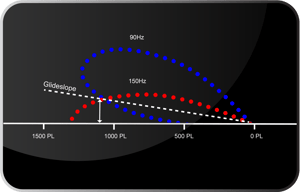
Accurate demonstration of ATC related skills is not possible in a traditional training environment. Simulators provide an excellent platform for demonstrating ATC related skills in an interactive and more emphasized way.
Competency in operations through practice
Utilizing simulators for identifying and correcting possible outcomes of changes and adopting the most suitable patterns of action for smoothness of procedures bring competency in the core of operations.
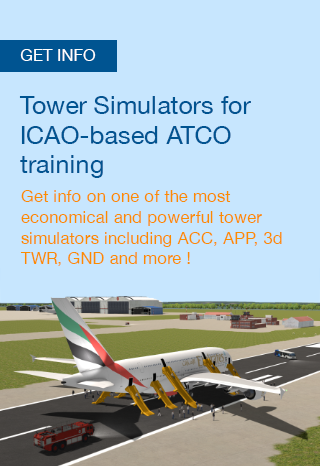 Gaining confidence
Gaining confidence
Trial and error learning in a simulative environment through the utilization of simulators helps air traffic controllers to gain confidence. It is a matter of common observation that learning acquired through practice persists longer as compared to knowledge acquisition through a theoretical ladder.
Moreover, developing skills is connected with practice and training. Practices that acquire our confidence based on the generation of essential results are gathered to become a required skill set. In other words, the acquisition of knowledge through trial and error brings confidence that leads towards the accelerated development of the required skill set.
Practicing in a safe environment
In a simulation facility that is an imitation of a real air traffic service environment where the controllers normally work, we can test new methods, focus on crisis resource management, and develop knowledge, skills, and attitudes in a safe and secure environment.
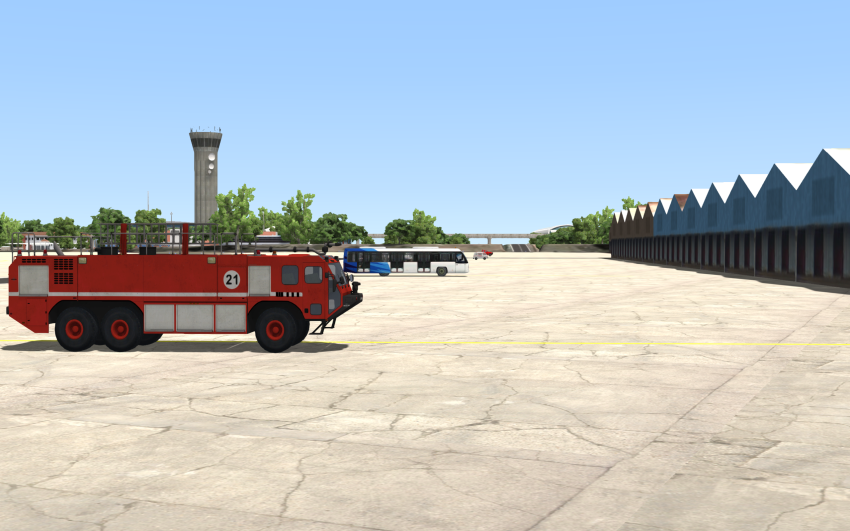
Understanding human behavior
Simulation helps us in understanding our reaction in relation with the real environment by making us interact with the imitated outcome of reality.
It guides us about the combination of our conscious and unconscious processes that work while being confronted with specific scenarios.
And in this imitated environment we learn through trial and error to prevent errors and optimize responses in critical situations.
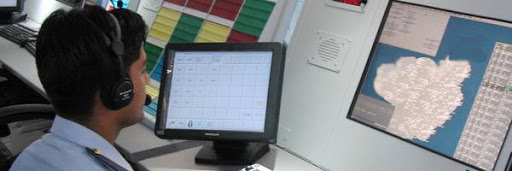
We can take an example of disturbance caused by noise and other distractions.
 Improving team behavior
Improving team behavior
In air traffic services, a definitive objective of good teamwork is to guarantee protected and quick progression of air traffic.
Team building incorporates practices, for example, viable correspondence, coordinated effort, group driving, group building, and emergency asset the board.
Collaboration isn't a programmed outcome of setting individuals together in a similar room; it relies upon an eagerness to coordinate toward shared objectives.
In air traffic administrations, shared objectives incorporate settling conflicts, doling out mentioned levels, smooth activities, viable coordination and avoiding mistakes.
In a simulated collaborative environment, cooperation can be considered and altogether improved via preparing explicit collaboration skills.
Giving insights into the trainee’s own behavior
Simulated environments are often being recorded via video. The utilization of these videos as a source of research can be very beneficial. Trainees can acquire ample information about their nonverbal communications. Moreover, by introducing a data acquisition system to measure different behavioral aspects we can develop better understand and acquire more insight regarding personal behavior.
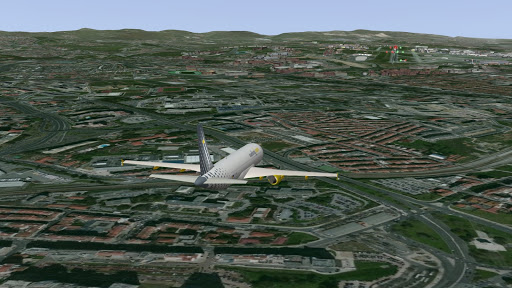
Conclusion
The benefits of a simulator in raising the standards of quality and efficiency are remarkable. The sensitive nature and requirement of 100% accuracy in the field of air traffic services make simulator device a vital part of the training. The effectiveness of simulators is phenomenally increasing through ongoing research.

